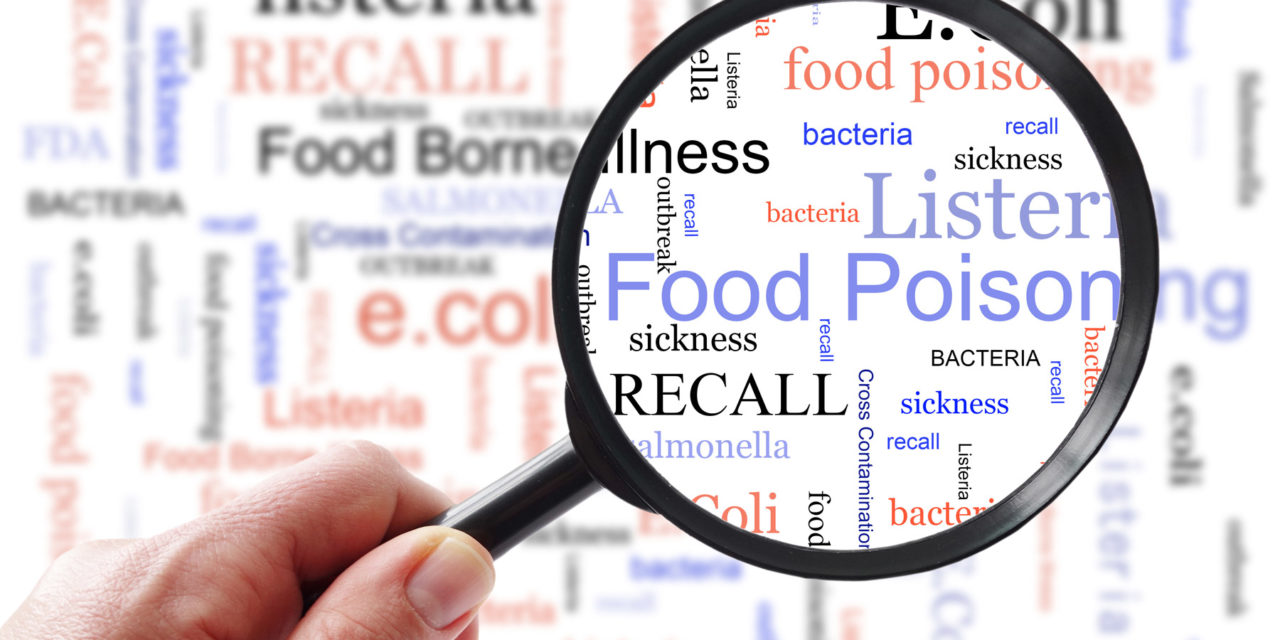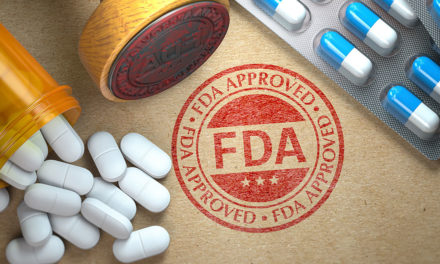Commercialization of products that are destined for US market distribution, whether manufactured domestically or by a third party will require inspection by the US Food and Drug Administration – FDA. Products will be licensed either as branded molecules through the New Drug Approval process (NDA), and generic’s follow the Abbreviated New Drug Approval process (ANDA). Biological products also follow a variance of the NDA process through a BLA, biological license application process. Both processes (NDA & ANDA), are rigorous and will require inspection of the material manufacturing site, including supporting sites, testing facilities and any third-party facility that provides a significant piece of the manufacturing process. Inspections follow two formats; pre-approval inspection (PAI), and general GMP inspection. The former tends to be more rigorous and it’s a preapproval inspection associated with a product and is therefore more focused and in depth in format. GMP inspections are a general review of the plant’s GMP compliance status and can cover all products/intermediaries etc. produced at the site.
To successfully navigate these potentially difficult inspectional processes requires a good plan, a clear project commitment from management and staff as well as education and training in order to assure that the site has its GMP compliance commitments in order and in the case of products site approvals, that the site is in sync with the regulatory documents submitted to the FDA. Site preparation is vital otherwise the regulatory authorities will develop a negative impression of the company, the site competency and commitments to compliance, with the result that the site might not receive the approval for the product, or it might receive several citations in the form of either 483 observations or a Warning Letter. The goal for the site should be to leave the FDA inspection team with a favorable impression of your site in terms of the facility, equipment, staff and its various processes, so that it can provide a positive Establishment Inspection Report (EIR), post the site inspection process. The intent of this text is to review these processes and provide guidance on how to successfully navigate the FDA process.
To achieve this, a plethora of key actionable items will need to be covered. Associated with this “punch list” of to do’s there needs to be a total commitment and focus by the site staff and management team to both avoid negative pitfalls and to assure a positive outcome.
Sometimes the best way to facilitate this is to hire an experienced Pharmaceutical Consultant that has a good reputation and dialog with the FDA. The advantage of this is that they will be current with expectations and can provide a third-party opinion about the state of things, because they are coming at things with “Fresh Eyes.”
So, in charting a strategy the following issues should be included as part of an allencompassing over-arching strategy. Before you start, it will be important to have a clear understanding about what is needed for the type of Life Sciences company (Pharmaceutical, Biological, Regenerative medicine, vaccine, rDNA, cell therapy/gene therapy, medical device, medical device/combination),your company is in order to prepare for the FDA inspection process. Although these might vary in terms of specific regulations required to be met, the overall presentation and concept for the inspection is substantially similar, and so following a stylized map and flow process to achieve the endgame is helpful and has validity. Some starting points include the following then:
- Understanding what is needed for the Pharmaceutical Company to prepare for the FDA inspection process.
- Developing a plan and strategy for selection of the Inspection Readiness Team. Who should be involved/how to select?
- Etiquette in answering questions is important to as not to generate difficulties with the FDA inspectors.
- Simulating investigator questions can aid in handling real-time circumstances.
- The Pharmaceutical Readiness Team should learn how the FDA will conduct its facilities tour and how they should handle this to maintain control of the inspectional tour without inadvertently self-sabotaging the process.
- Training for Readiness should be rigorous, and practices practiced practice.
- Always try to correct issues that could become a 483 citation before the audit close out.
- Lessons learned should be a key part of any continuous improvement strategy associated with the site Quality Plan.
If these generalized points are followed, and with coaching by an experienced FDA consultant on hand to provide support, success should always be possible for any company provided their compliance plan is kept up to date.
Perhaps a way to assure this is to perform a pre-FDA assessment with one such Pharmaceutical consultant.





